How do we place a value on history? What is the magical process, aside from the slow and steady passage of time, that leads us to recognise the cultural significance of things that we might once have regarded as ordinary?
In the case of varieties of Irish plants handed down to us by previous generations of keen-eyed gardeners, horticulturists, plant-hunters, plant-breeders and nursery-owners, our growing appreciation of the importance of that vast, rich legacy is thanks to the concerted efforts of individuals including the botanist, taxonomist and garden historian Dr Charles Nelson as well as to the Irish Garden Plant Society (IGPS), whose members have done so much sterling work in this regard since its foundation in 1981.
It was Nelson's ground-breaking book, A Heritage of Beauty: The Garden Plants of Ireland, a wonderful piece of horticultural sleuthing and painstaking historical research published by the IGPS in 2000, that shone such a bright light on the thousands of Irish garden plants (5,300 are listed in the book) in urgent need of being located, correctly identified, recorded, catalogued and – most importantly – conserved.
That near-encyclopaedic list gives a wonderful sense of the great diversity of plants with an Irish connection and the many different and intriguing stories behind their introduction into cultivation. It includes, for example, the bronze-leafed, magenta-petalled, golden-eyed primrose known as Primula 'Julius Caesar'. Bred by the Wicklow textile designer and gardener Winifred Wynne of Avoca Woollen Mills sometime in the middle of the last century, the variety was thought to be lost until by a stroke of good fortune it was rediscovered growing in a Wexford garden in the 1990s.
Also listed within the book's pages are close to a thousand different kinds of daffodils (Narcissus), many from the stables of great Irish plant breeders such as Josslyn Gore Booth of Lissadell , Brian Duncan, Guy Wilson, Kate Reade, and Meg and Lionel Richardson, while others are historic varieties known to have originated in Irish gardens including the golden-trumpeted Narcissus 'Countess of Annesley' and the dwarf Narcissus 'Rip van Winkle'.
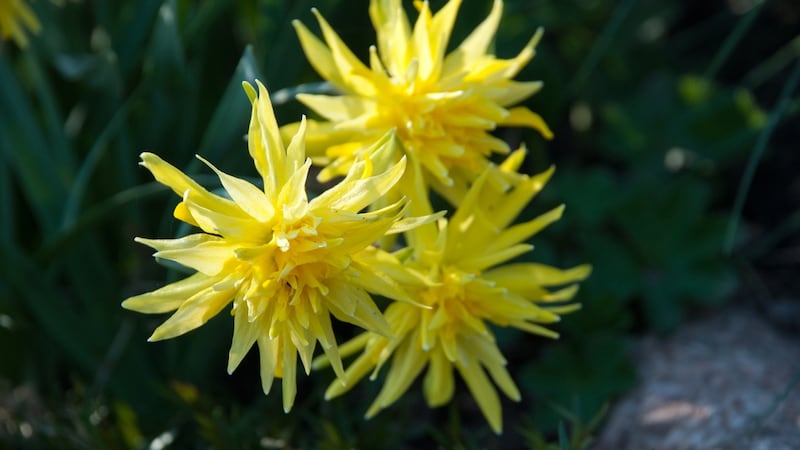
Nelson’s list of garden plants of Irish origin also includes more than 800 different Irish roses (Ireland is famous for its long line of distinguished rose breeders that includes McGredy’s and Dicksons), as well as lost varieties of angels’s fishing rod (Dierama) and rare Himalayan poppies (Meconopsis) from the long-gone Slieve Donard Nursery in Co Down.
Yew Tree
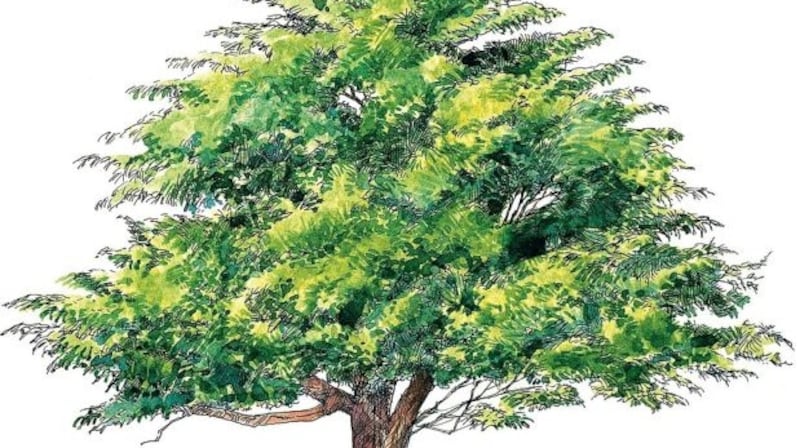
It also includes – of course it does – that most famous of Irish garden plants, the Irish yew (Taxus baccata 'Fastigiata') the mother plant of which was first discovered growing on a Fermanagh mountainside back in the mid-18th century by an observant farmer by the name of George Willis.
Also listed are many, many other garden plants with a special connection to famous Irish gardens, historic Irish plant nurseries or to noted Irish gardeners or to the Irish plant-hunters – such as Augustine Henry and Dr Thomas Coulter – who first introduced them into cultivation. Examples include Primula 'Rowallane Rose', Narcissus 'Daisy Hill', Anemone 'Robinsoniana' and Celmisia 'David Shackleton'.
Compiling it was a Herculean task on Nelson’s part but even more challenging has been the task of locating and correctly identifying living specimens of these plants where possible (inevitably many have been lost forever to cultivation), So has the job of ensuring that through vegetative propagation (by cuttings, division and layering rather than seed) and careful distribution, these plants will be preserved safely for future generations to enjoy, a remarkable conservation effort on the part of the IGPS and all its members that’s been carried out over several decades.
Twenty-one years after the publication of A Heritage of Beauty and 40 years after the establishment of the IGPS, significant collections of Irish heritage plants (IHPs) can now be found not only in the National Botanic Gardens in Glasnevin but also in its sister gardens at Kilmacurragh in Co Wicklow, Blarney Castle in Co Cork, Malahide Demesne and Ardgillan Demesne in Dublin, Dublin Zoo, and Mount Usher in Co Wicklow, as well as in gardens in Northern Ireland including Rowallane, Mount Stewart, the Ulster Folk and Transport Museum and Pogue's Entry and Castle Gardens in Antrim.
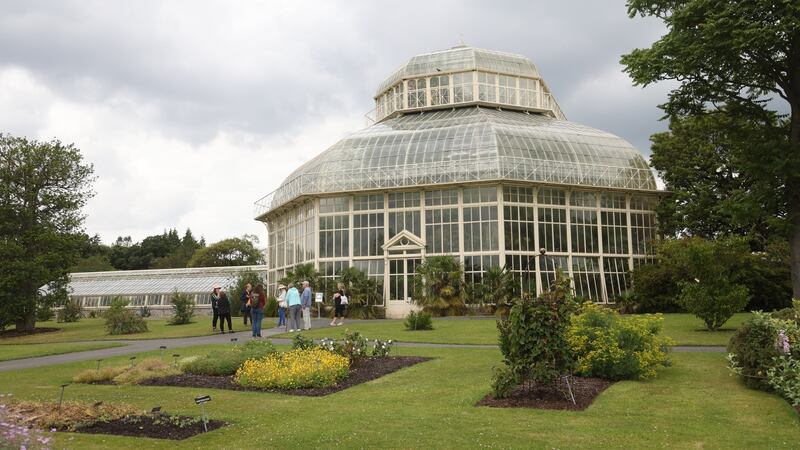
Refuges
Many private gardens around the island of Ireland have also become important refuges for almost-lost heritage Irish varieties, as well as more recent Irish garden plant introductions, their preservation made possible by the work of IGPS members who’ve diligently propagated plants for the society’s annual plant sales or to exchange among themselves.
Earlier this month this huge achievement was formally recognised by Plant Heritage, the UK plant conservation charity, which awarded the countrywide collection (now called the Irish Heritage Plants Collection) the official status of National Plant Collection, something that represents a very big deal indeed in the gardening world.
For long-time IGPS members such as Brendan Sayers, the professional horticulturist, National Botanic Gardens orchid specialist and former co-ordinator of the collection who helped devise the IGPS' s strategy for locating, assessing, verifying, documenting and preserving heritage Irish garden plants, the award by Plant Heritage represents a really significant milestone.
“So much work and time has gone into the process . . . It isn’t unusual, for example, to come across two distinctly different plants in cultivation, both sharing the very same varietal name, something that we had to deal with when it came to the great Irish monkshood known as Aconitum napellus ‘Newry Blue’, which originated in Daisy Hill Nursery in Newry, Co Down. In that case, it needed some very careful detective work to distinguish which of them was in fact the heritage variety they were both supposed to be.
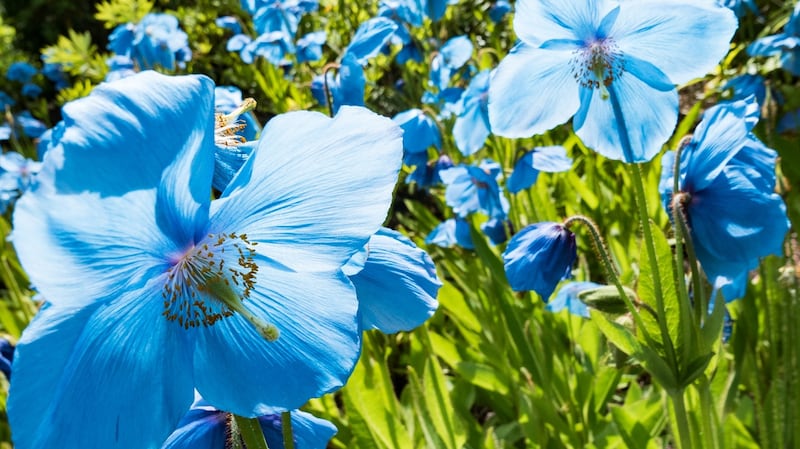
“One of the ways we do that is by cross-referencing original varietal descriptions in the catalogues of great old Irish nurseries such as Daisy Hill, Slieve Donard, Hartland’s and Lissadell or in the archives held at the National Botanic Gardens to see how these compare with their contemporary equivalents. Then there’s the whole other issue of how to ensure that these heritage varieties remain safely in cultivation, ideally in a way that makes them available to as many gardeners as possible.”
Sayers, whose former role as co-ordinator of the IGPS collection is now very ably carried out by his successor and fellow IGPS member, Stephen Butler (also a professional horticulturist) believes that there's still "a long, long way to go as regards us properly appreciating the significance of Irish garden plants as an important part of our horticultural history".
“So many have already been lost, something precipitated by the closure of so many of the old great Irish nurseries in the first half of the 20th century. Many of the varieties aren’t commercially available anymore, sometimes because they’ve fallen out of fashion but more often because modern nurseries just stop stocking them as new varieties are easier to sell. What remains in cultivation represents this fantastic repository, a unique but fragile heritage.”
See irishgardenplantsociety.com and plantheritage.org.uk.
This Week in the Garden:
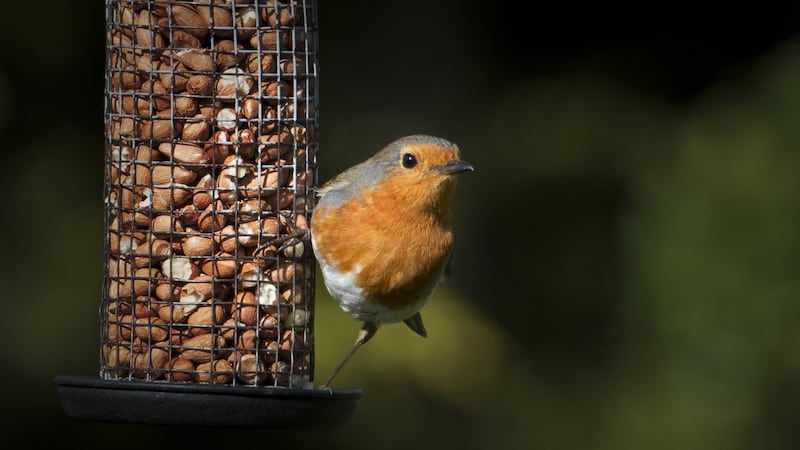
Scrub down and disinfect bird feeders and bird tables before stocking them with a variety of seeds, fruit, nuts and fat-balls to encourage a wide range of species to visit. For the perfect garden bird cafe, situate your bird table and feeders somewhere close to high, leafy cover (this makes visiting birds feel safer) but at least 2m from any low groundcover so they can’t be easily attacked by cats.
Where possible, regularly changing its location in the garden will also help to avoid the spread of disease. Bear in mind that whole peanuts should be supplied in a steel wire mesh feeder, while nyjer feeders (plastic tubes designed with a number of special feeding ports/perches along their length) are designed for the tiny black nyjer seed popular with goldfinches, siskins and redpolls and hopper-type feeders with flat trays are suitable for cereal or seed-based mixes.
Start collecting the fallen leaves of deciduous species of trees and shrubs to make leaf mould. Pack them quite tightly into black bin bags (wet them if they’re dry), puncturing the bags liberally with a garden fork to ensure good ventilation before placing them in a cool, dry, shady, out of the way spot in your garden or allotment where they will gradually break down over a couple of years to produce a beautifully crumbly, humus-rich soil conditioner that can be used as a mulch or added to potting mixtures.












